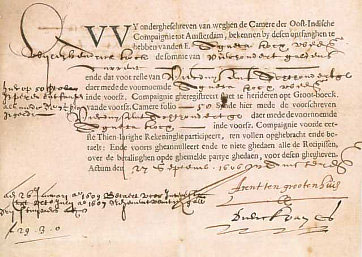In recessions and booms alike, stock markets are always at the forefront. Newspapers and financial publications are awash in headlines about the Dow Jones, S&P 500, NASDAQ, rising stock indexes, falling stock indexes, buying, selling, and so forth. And it is tempting to think of a stock market as an impersonal mechanism in the sky, imposing its mandates on us at will. But this is not usually accurate. In reading the history of stock markets, one discovers that, in the words of economist Thomas Sowell: “markets are as personal as the people in them.” In wartime and in peace, during boom or bust, stock markets and their performance have reflected the dominant concerns, fears, and hopes of the investing public. We will investigate this history, from the very first stock markets ’til today.
The Early Days of Exchange
Stock markets did not begin as the super-sophisticated, simultaneous, worldwide trading exchanges of today. It was not until 1531 when the first institution roughly approximating a stock market emerged, in Antwerp, Belgium. However, as Investopedia notes, this was “the first stock market, sans stock.” Rather than buying and selling shares of companies (which did not yet exist), brokers and lenders congregated there to “deal in business, government and even individual debt issues.”
This changed in the 1600’s, when Britain, France, and the Netherlands all chartered voyages to the East Indies. Realizing that few explorers could afford conducting an overseas trade voyage, limited liability companies were formed to raise money from investors, who received a share of profits commensurate with their investment.

This form of business organization was also necessitated by risk management. As India’s Imperial Gazetteer reports, the earliest British voyages to the Indian Ocean were unsuccessful, resulting in lost ships and the financier’s personal fortunes being seized by creditors. This led a group of London merchants to form a corporation in September of 1599 which would limit each member’s liability to the amount they personally invested. If the voyage failed, nothing more than this amount could be lawfully seized. The Queen granted the merchants a fifteen year charter in 1600, dubbing their corporation the “Governor and Company of Merchants of London trading with the East Indies” (or simply, “The East India Company.”) The limited liability formula proved successful, leading King James I to grant charters to more trading! companies by 1609 and triggering business growth in other ocean-bordering European countries.
The Dutch East India company was actually the first to allow outside investors to purchase shares entitling them to a fixed percentage of the company’s profits. They were also the first company to issue stocks and bonds to the general public, doing so via the Amsterdam Stock Exchange in 1602 according to Britannica.
Read more about The History of the Stock Market…
No comments:
Post a Comment